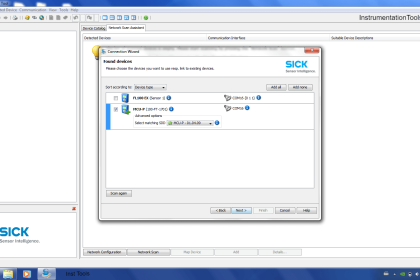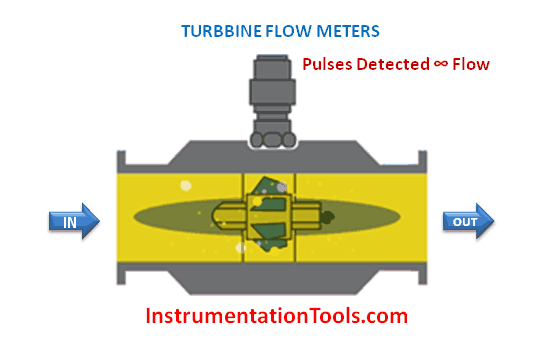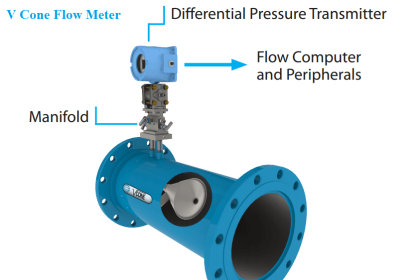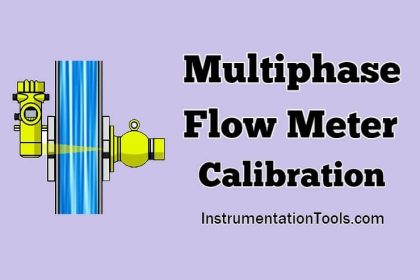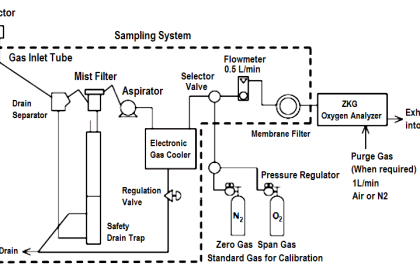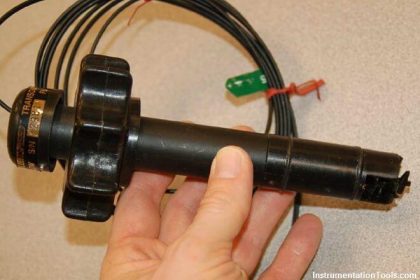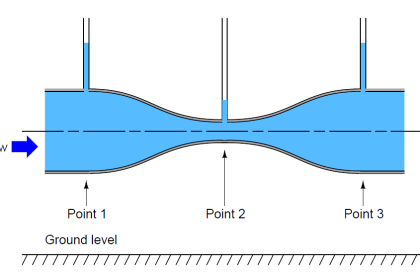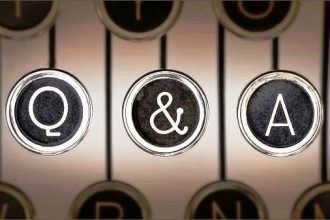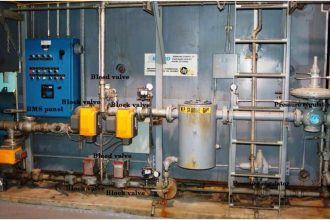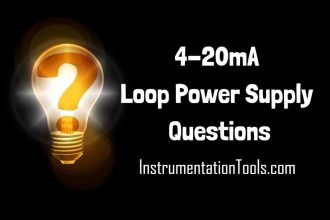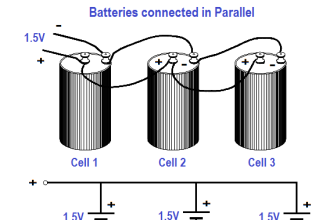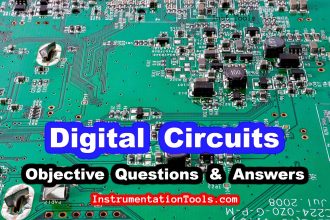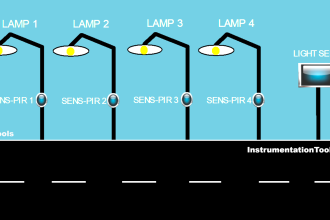As all of us know, it is too simple to sell me a solid or liquid Product as it is easy to define its volumes and quantities under any surrounding conditions.
But what if I am supposed to sell you a Gaseous substance (Natural Gas), to understand that you need to consider and digest the Gas Parameters like (pressure, temperature, compressibility, ….).
So today we are going to discuss the Metering Stations of natural gas How could they work? And how do we calculate gas quantities under any conditions? (temperature & pressure).
Why it is difficult to measure a gaseous material?
The answer simply is COMPRESSIBILITY.
Compressibility is defined as the capacity or the ability of a substance to reduce its volume by applying high pressures.
As we know the water, oil and many liquid substances have no compressibility which means under different ranges of applying pressure its volume will not be changed. Unlike gaseous material (Natural Gas)
The problem with gaseous material is that “the volume of a quantity of gas under a high pressure is totally different from another quantity under a low value of pressure”.
So, while you are dealing with different applications, you might notice that you need a different range of pressures (that depends on the client’s requirements) as a result, the gas condition will change.
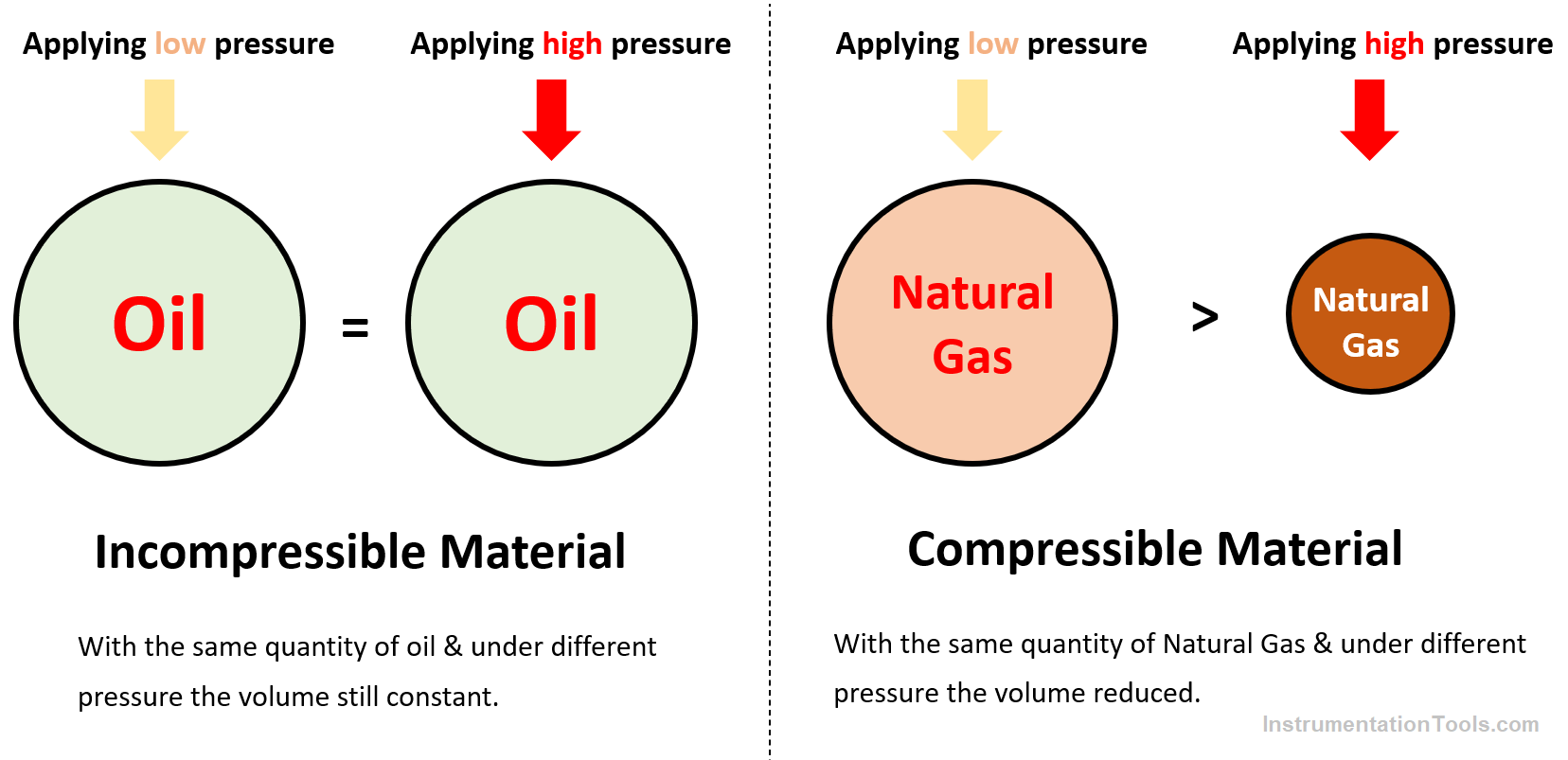
Right there we will not be able to calculate the real amount of transferred Natural Gas.
To overcome such a situation, we develop an equation to calculate the gas quantity dynamically, whenever the pressure and temperature are changing, they will be updated in the equation.
Metering Components to Measure Flow of Natural Gas
Regarding the measuring of Natural gas flow and quantities, there are two basic components for this process which are:
The meter that could measure the physical quantity (uncorrected) of gas flow and speed such as:
- Turbine Meter.
- Ultrasonic Meter.
- Orifice Meter.
The microprocessor-based device that could calculate the corrected value of gas flow and quantity:
- Flow computer.
- Volume corrector.
Different Types of Meters
There are many types of gas meters but here we will focus on the most common meters that are used in Natural gas metering stations.
Turbine Flow Meter
Simply the turbine meters consist of a Rotor and Counter. When the fluid (Natural Gas) is applied to the rotor, it can create some mechanical forces and by its role, it would make the rotor rotate.
It is clear that the rotation speed of the rotor is related to the speed of the fluid passing through.
Turbine flow meters have high accuracy and repeatability, but on the other hand, we will find that it needs a specified measuring range and viscosity.
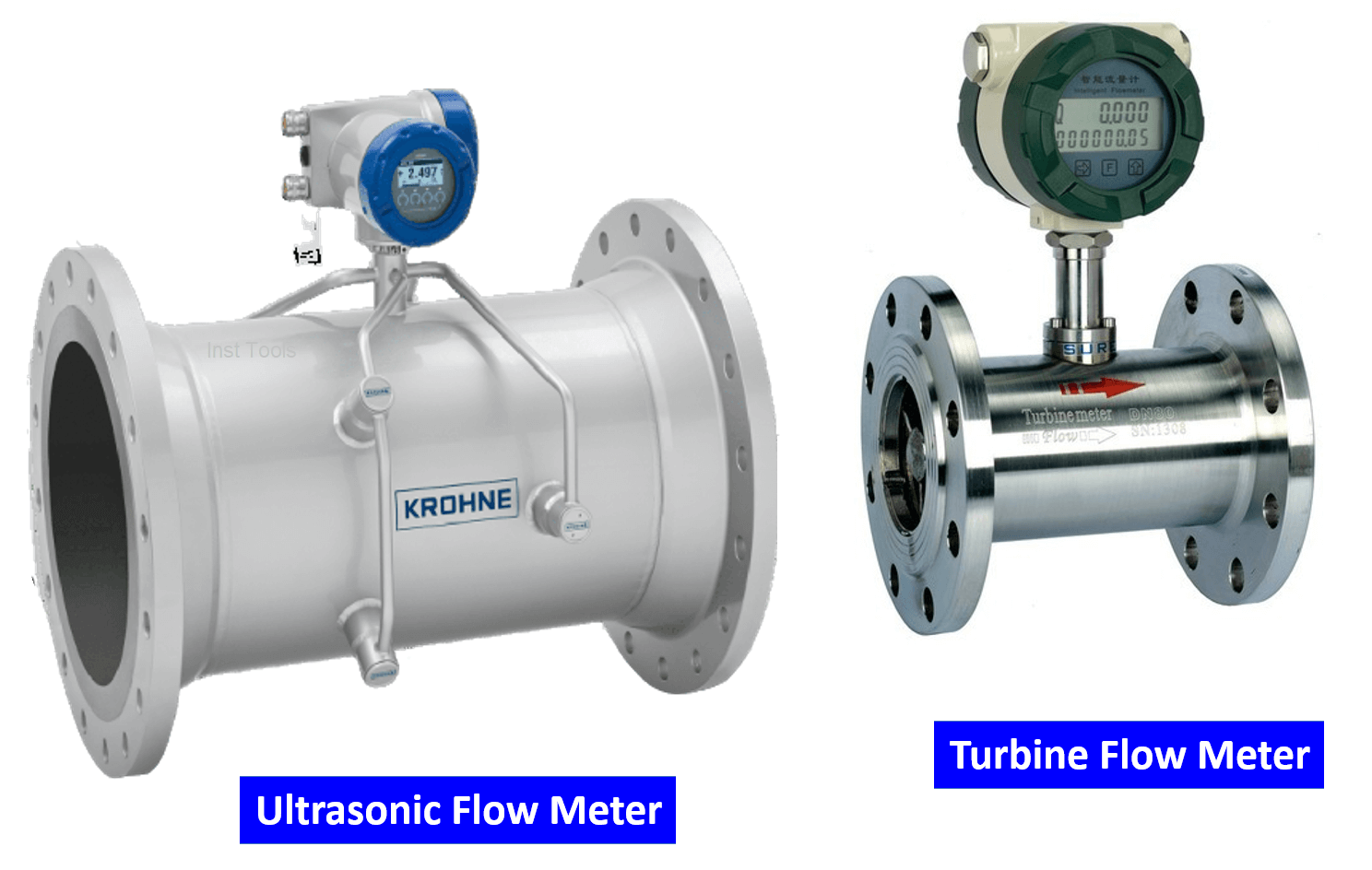
Ultrasonic Flow Meter
Ultrasonic flow meters are inferential meters that use ultrasonic technology to measure the velocity of a fluid.
There are two types of ultrasonic flow meter technologies, including Doppler and transit time.
In addition to inline and open channel models, ultrasonic meters are available as clamp-on solutions when contact with the measured fluid is not possible.
Difference between Flow computer and Volume Corrector
The overall basic function of an electronic flow computer is to calculate and record flow rate using industry-standard algorithms as natural gas and other hydrocarbons pass through a meter of a segmented section of pipeline.
You might say that the Volume corrector has the same function but you have to know you will always find a great difference between them as the Flow computer-based systems are more than expensive and accurate.
So the main difference may be limited to the application of your Gas Metering Station and the flow rate of the natural gas, if you need a high flow rate and a great accuracy then you will have to use the Flow computers but if the application is kind of small you could be satisfied with volume correctors.
If you liked this article, then please subscribe to our YouTube Channel for Instrumentation, Electrical, PLC, and SCADA video tutorials.
You can also follow us on Facebook and Twitter to receive daily updates.
Read Next:
- What is a Pitot Tube?
- Pitot Tube Working Principle
- Different Types of Flow Elements
- Annubar Flow Meter Principle
- Types of Flow Meters
